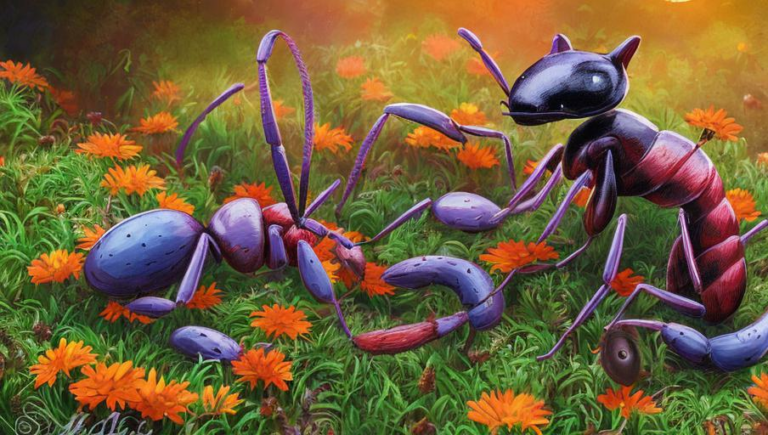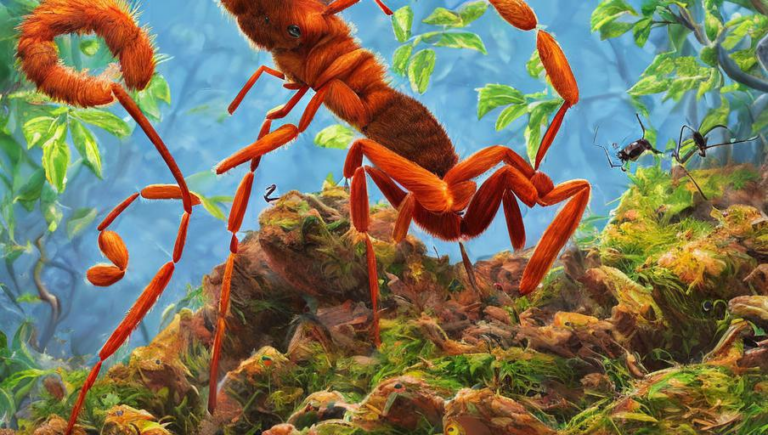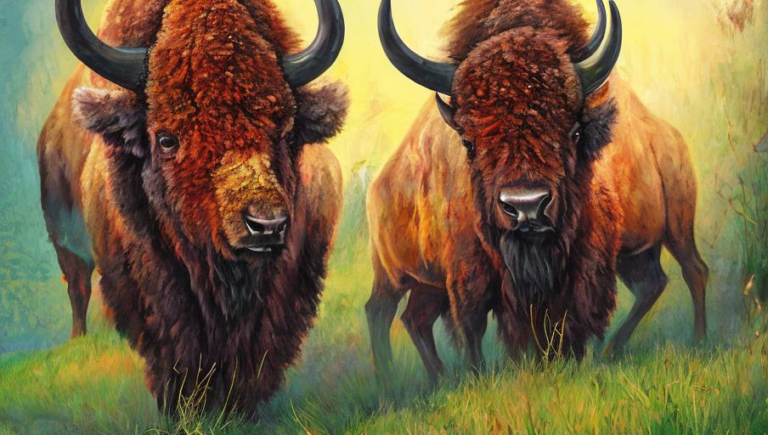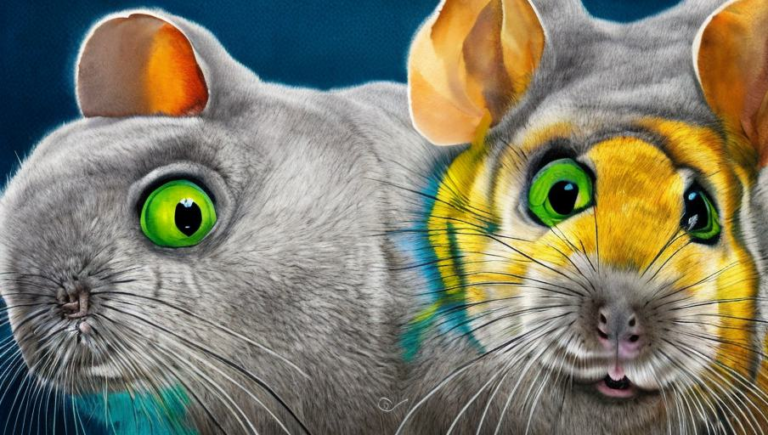On the Hunt: Tracking the Anteater’s Hunting Techniques
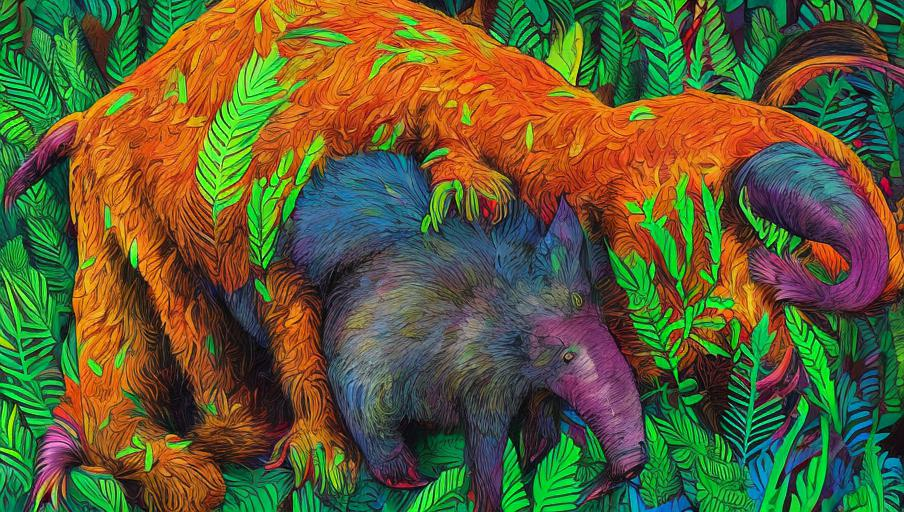
Introduction
The anteater is one of the most distinctive animals in the world. With its long snout, powerful claws, and unique eating habits, the anteater is a fascinating creature. It is also an important part of the natural ecosystems in which it lives. But how does an anteater find food? This article will explore the hunting techniques of the anteater and how they help it survive in the wild.
The Anteater’s Anatomy
The anteater has a few features that make it well-suited to the task of hunting. It has a long snout that is covered in sensory hairs that help it detect ants and termites. The anteater also has powerful claws that can easily rip open ant and termite nests. The anteater’s tongue is specially adapted to catch and consume these small insects, as it can extend up to 60 centimeters and is covered in sticky saliva.
Ant and Termites: The Anteater’s Prey
Anteaters feed almost exclusively on ants and termites. These tiny insects are full of protein and provide the anteater with the nutrients it needs to survive. Ants and termites often live in colonies and have complex networks of tunnels and galleries in the ground. These colonies can be difficult to find, but the anteater’s keen sense of smell and long snout help it locate them.
The Hunting Technique
Once the anteater has located a colony of ants or termites, it will use its powerful claws to rip open the nest and expose the insects. The anteater then uses its sticky tongue to catch and consume the ants and termites. The anteater can consume up to 30,000 ants and termites in a single day, and it can even store food in its cheek pouches while it continues to hunt.
Conclusion
The anteater is an incredible predator that has adapted to its environment in ways that allow it to hunt and survive in the wild. Its long snout, powerful claws, and sticky tongue give it an advantage when it comes to hunting ants and termites. With its unique hunting techniques, the anteater is an important part of the natural ecosystems in which it lives.
